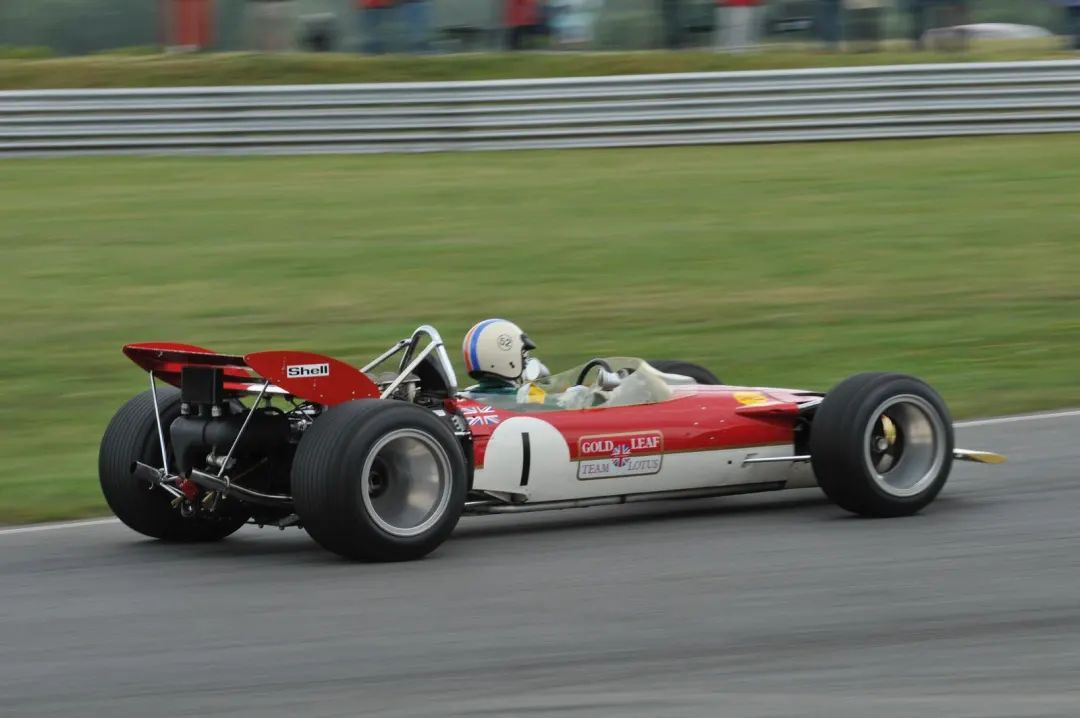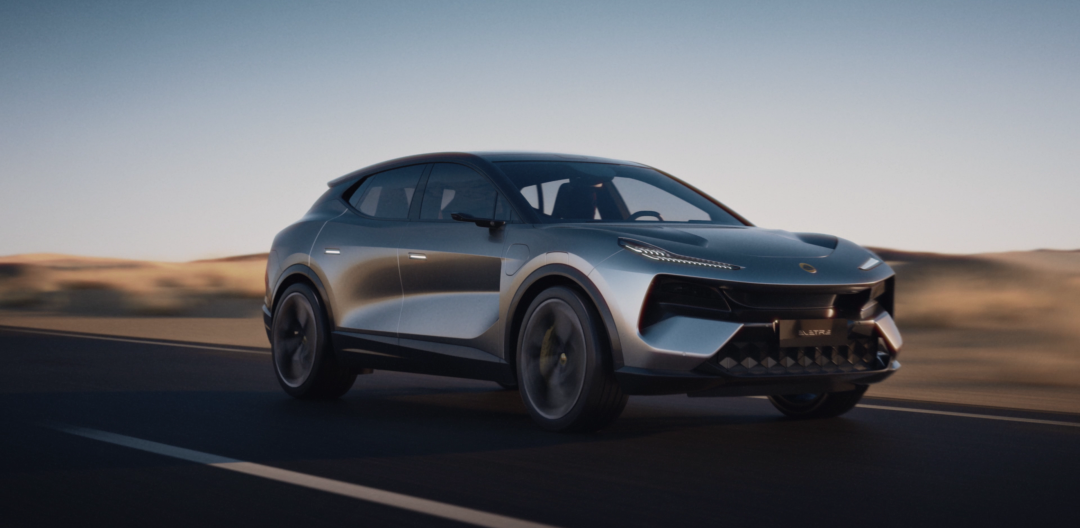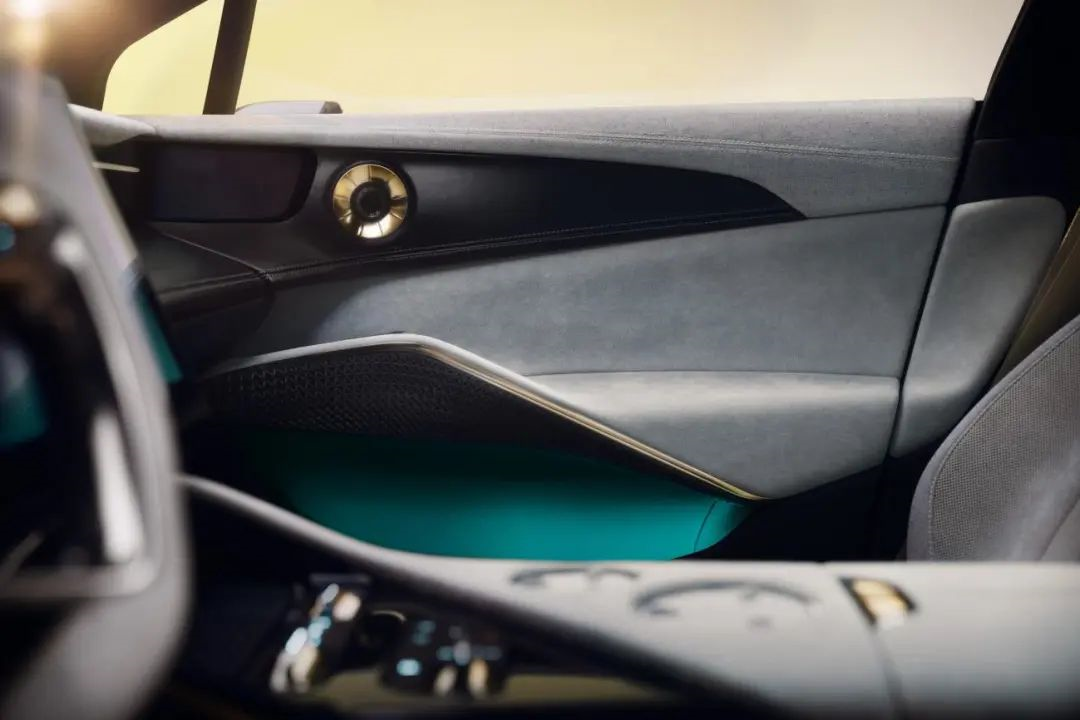Author: Chang Yan
I believe that when you read this article, every car enthusiast’s social media feed has been flooded with a dazzling Lotus pure electric SUV called Eletre.

This car is like a mysterious moon, with two completely different sides.
As a qualified car fan, you must know that since 1956, the names of all Lotus models have started with “E”. From this point of view, this newcomer, codenamed Type 132 in the family sequence, adheres to the family creed, with the obsession and pride of British aristocracy.
But looking at it from another perspective, such a large SUV is far from the agile body that Lotus, one of the “three major sports car brands” in our impression, is good at building. At the same time, the electric motor that no longer roars has brought Lotus, which just announced its farewell to internal combustion engines, into a strange era.
Lotus fans can’t help but question, and electric vehicle enthusiasts can’t help but wonder: Is this still the immortal Lotus in the automotive culture, with such a large pure electric SUV?
Air Controller
“I saw a word” Air Controller “at the Eletre press conference, one word” controller “, very ingenious.
Control not only represents the avant-garde attitude, but also reflects the understanding of techniques.
In aerodynamics, Lotus’s consistent philosophy is to think ahead and turn the unknown into known.
When there was no car wind tunnel, Lotus had told the world a fairy tale about tying engineers to the car body to observe wool fluttering. When there was no ground effect, Lotus relied on the Type 49 to explore the downforce of airflow and push Formula One into the era of aerodynamics.

When all electric vehicles wanted to reject the wind thousands of miles away, Lotus wanted to dance with the wind for the first time.
In Lotus’s pure electric supercar masterpiece Evija, we have witnessed the design process of “plastic wind forming”. At that time, the two “Bernoulli tunnels” passing through the body left me with an extremely shocking impression.

Although Eletre’s shape and positioning are completely different, the same design process and results are in the same vein as Evija. On the smooth and flowing body, traces of air passing through can be seen everywhere.
On the whole vehicle, you can see 7 sets of Race-Aero ducts. The airflow passes through the vent on the hood, combined with other aerodynamic ducts, effectively enhancing the control ability against wind.

Equipped with an infinitely variable active grille on the front, the unique triangular blades form a matrix-like arrangement. When opened, it presents a lotus pattern, and when closed, it can further enhance the aerodynamic effect.

Hidden door handles and aerodynamic wheel hubs are conventional operations, and even the production-level flip laser radar is an unexpected surprise, but it is these details that ultimately make such a large SUV a master of airflow control.

Fully trusting in the family tradition of aerodynamics, Eletre has also gained a refreshed overall proportion. Without the constraints of an internal combustion powertrain, the cabin is further moved forward, visually appearing more focused on handling. The roof curve from the windshield to the active rear wing is done in one go, and the vehicle’s width-to-height ratio of 1.24 is hinting at a more stable dynamic effect.

Such a design is not only aesthetically pleasing but also paves the way for better dynamic performance. In corners and braking, airflow can help stabilize the vehicle more flexibly and reduce resistance between the driver and nature.
The accurate interpretation of aerodynamics has prepared Eletre for the era of balancing daily usability and outstanding performance.
Changes and Unchanged Aspects of the Platform
Let us once again review history.
Lotus is one of the few brands that can make other car companies “bow down” without releasing products.

This is not an exaggeration, but because Lotus’s chassis platform and engineering tuning capabilities have long been well-known in the industry, featuring in many classic models from Japanese to German cars.Before the 1970s, early Lotus products could be purchased as kits, allowing owners to build cars themselves. The Tesla Roadster, hailed as a pioneer of the intelligent electric era, was also enamored with Lotus’ lightweight and handling capabilities.

This inevitably arouses our curiosity about Eletre’s platform.
Eletre uses the Lotus-developed EPA (Edge Performance Architecture), which will serve as the basis for Lotus’ high-end electric performance models. On the one hand, the battery, electric motor, software layout, and race-level intelligent driving technology of the entire vehicle can be systematically adapted to C+ to E+ level models. On the other hand, this platform emphasizes driving handling performance.

In terms of the three electrics, Eletre uses an 800V architecture system, providing strong peak power for charging and discharging. It can drive 400km (WLTP) after being charged for 20 minutes.
The three-in-one electric drive system further compresses the volume of the motor integrated controller and reducer, improving power efficiency while enhancing lightweight performance. The most important thing is that it can leave more valuable chassis space for Lotus’ better suspension system layout.
The vehicle structure is mainly composed of aluminum and high-strength steel, balancing lightweight and safety. Eletre adopts a five-link independent suspension both front and rear and is equipped with air springs and CDC electromagnetic shock absorption. Although the above configuration seems to have become the standard for current high-end pure electric SUVs, Eletre also provides active stabilizer bars, rear-wheel steering, and One-Box brake system. These configurations raise the most important three aspects of handling – stability, steering, and braking – to a higher level of experience.
Finally, Eletre has Lotus’ 6D Chassis Tech, a system that can achieve 6 degrees of freedom chassis control, integrating braking, air suspension, CDC shock absorption, active stabilizer bars, rear-wheel steering, and vehicle stability control systems to provide excellent road feedback and great chassis feel.

It seems that everything is just a matter of one number to help stir up the excitement.
Pure Electricity, Pure Power
2.95 seconds, that’s the number.
This achievement not only has the capital to compete with the Tesla Model X Plaid, but also leaves behind various other luxury sports brands’ pure electric sports cars.# English Markdown Text
The 2 Second Club is a temple of high-performance levels, and the Model X Plaid came here to unleash its triple-motor combination, while Eletre also lifted its effort with a 1000 horsepower output.

Friends who are familiar with pure electric cars know that high acceleration performance requires engineering design that meets extremely high standards in both power output and thermal management. Not only does it have to reach this extreme, but it also has to operate steadily and continuously.
To achieve this, Eletre is equipped with high-power and high-torque performance-oriented motors, and a two-speed reduction gear is used in the rear-drive unit. This enables the rear motor to maintain its highest-efficiency power range over a broader range.
Although the racetrack may not be Eletre’s high-frequency usage scenario, its high limits and clear limit perception also make it a vehicle with better feedback and performance on the track. It is equipped with the ICC Dynamic Intelligent Recognition Circle, which can establish a nonlinear pre-control area, pushing the controllable system limit higher. ESC can quickly and gently intervene at the edge of loss of control to ensure driving safety.

On the opposite side of passionate power, Eletre provides a cool thermal management system that can meet the heat dissipation requirements under extreme speed charging and discharging conditions with 800V output. The company claims that the performance of continuous acceleration and deceleration will not decrease, and it will not bring additional NVH pressure to passengers.
One technical indicator can reveal the vehicle’s ability to release continuous power, and Eletre can complete the 0-200km/h acceleration within 12 seconds.

Based on the definition of high-performance products, Eletre also uses top-level configurations from its supply chain for its vehicle peripherals. The tires can provide a maximum lateral acceleration limit of 1.1g, and the vehicle uses aluminum and high-strength steel for structural rigidity, giving the vehicle a higher body foundation level.
Even as an electric car, Lotus still lives up to its mission: We are first, last, and always for the drivers.
When the Track Meets Intelligence
In this part, we can feel Lotus’s history, culture, design, and intelligence surging and intersecting here.
The intuitive Eletre cockpit and the complex yet exquisite color scheme will become the first focus of everyone’s attention.
As mentioned before, Eletre has the dual mission of balancing sportiness and daily use, and the interplay between relaxation and alertness has become a core feature of the Eletre’s interior design. In some areas, the interior design of Eletre appears deep and serene, while in other areas it conveys brightness and agility.

Between the traditional grey and British racing green, Eletre uses brass as a touch of elegance, which is perfectly complemented by the F1 history of Lotus as well as the black-and-gold livery of John Player Special in the 1970s.

This creates a perfect balance between heritage and fashion.
Similarly, in terms of comfort and technology, the Eletre’s interior achieves perfect equilibrium. The vehicle’s screens are as slim and lightweight as possible, equipped with a first-rate 5-block digital instrument panel and two streaming rear-view screens, which is currently considered the leading configuration for intelligent cabin display terminals in the industry.

The increased display surface area allows for more direct interaction between users and the Eletre’s advanced features, with official figures indicating that 95% of functions can be executed with fewer than three touchscreen clicks. In addition, the Eletre supports 5G connection and advanced speech recognition technology, which will be further elaborated in later software experience releases.

An added surprise is that the Eletre is not only a driver’s car that can cut through the wind, it is also a high-intelligence automobile that can offer additional surprises.
During the unveiling ceremony, we were all amazed by the Eletre’s laser radar system. This car not only has four laser radar devices, which ranks first in the industry, but the action when the laser radar is activated is also stunningly cool.
Apart from protecting the radar, it can also help improve the vehicle’s aerodynamic efficiency when it is not in use. However, future car owners also need to be mindful of protecting it as these treasures do come with a high price tag.
Eletre’s five-fold perception also revolves around lidars, including four 128-line lidars, seven 8MP cameras, and a 4D millimeter-wave radar system. This set of hardware sensing solution ranks among the top in the current mass-produced cars, and the increase in single-system complexity also puts higher demands on the comprehensive development and tuning ability of the software team behind it.
To be honest, if it wants, Eletre can really use autonomous driving to conquer every circuit in the world.
Impression
In July 2021, Lotus launched the sports car Emira and claimed it to be “the last gas-powered car of the Lotus brand.” At that time, besides nostalgia, more people may have had doubts about whether Lotus could successfully complete the electrification transformation.
Eletre is undoubtedly a bold and ambitious response to those doubts.
Lotus has already produced more than 100 star products in its history, but Eletre still has a large number of firsts: the first five-door mass-produced car, the first lifestyle pure electric car, and the most “connected” Lotus model ever.

After the ambition of transformation, we can still feel Lotus’s persistence and essence. It still respects performance, is still closely related to the track, and still regards user enjoyment as its highest goal.
In the process of sports brands going mass-market, multiple products have proved that an excellent SUV can also be an excellent sports car. Eletre goes further and tells everyone that an excellent sports SUV can also be electrically driven.
Finally, let us take a look at Eletre’s development goal.
It says: to create a pure electric Lotus sports car that is suitable for multiple people to drive and for all road conditions.
This article is a translation by ChatGPT of a Chinese report from 42HOW. If you have any questions about it, please email bd@42how.com.
